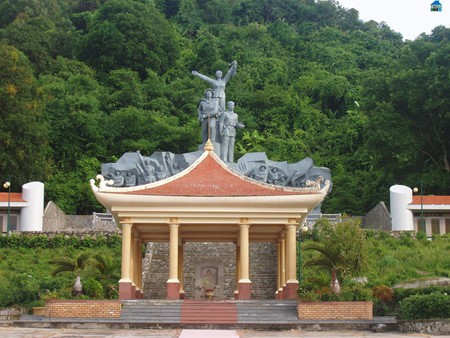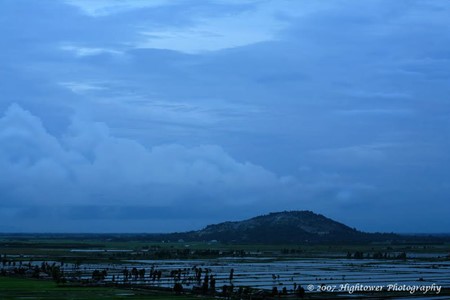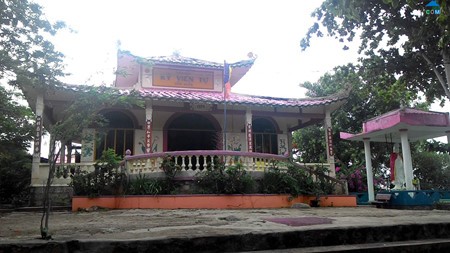Visiting Hon Dat, Kien Giang province
Lan Anh -
(VOVworld)- Hon Dat is one of the most famous historical sites in Kien Giang province, popularized by Anh Duc’s novel “Hon Dat”. Hon Dat is a vivid reflection of the Oc Eo culture of the former Phu Nam Kingdom. Lan Anh reports.

Hon Dat relic site- Photo tinbds.com |
The Hon Dat historical relic site is 13 km from Hon Dat town, associated with Phan Thi Rang, a Hero of the People’s Armed Forces and the prototype of the character Su in Anh Duc novel. The novel depicts heroic, kindhearted, and hard-working Vietnamese women during the American war. Vo Thi Kieu Dung is Vice Chairwoman of the Tho Son Communal People’s Committee in Hon Dat district: “This tourist site receives a large number of visitors. They visit Sister Sứ tomb which is located between Hon Dat and Hon Me district. They also visit the Military Medicine Cave and the TV Station where they can get a panoramic view of the province and ít beautiful rice fields. In the Military Medicine Cave, there is a display describing the wartime efforts ò the local people. There, tourists can buy local souvenirs”.

Hon Me mountain |
The Martyrs’ Memorial Monument and a system of grottos are the highlights at Hon Dat. There í also a war remnant exhibit hall, a center for wildlife rescue and many beautiful grottoes in the Hon Me mountains. On Hon Queo mountain, there is theTam Bao pagoda. Giang Quang is Vice Chairman of the Hon Dat District People’s Committee:“Hon Dat district was devastated by the war. Local people live mainly on agriculture but the district has great tourism potential with the Ba Hon relic site. We are calling for investment to establish a car cable system and promote tourism in Ba Hon, Kien Luong and Rach Gia. These are big tourist attractions of Hon Dat. The Sister Su relic site welcomes about 1,000 visitors a day”.

Tam Bao pagoda |
Hon Dat is the largest district in Kien Giang province. It has beautiful scenery as well as great cultural and historical interest. Soc Xoai pagoda in Soc Son township is a special pagoda. It was built in the late 18th century and is the largest pagoda of the local Khmer people. The pagoda has the characteristic architectural style of the Khmer culture. The Oc Eo Cultural Archeological Site in My Lam commune is another popular destination. According to archeologists, Hon Dat still retains traces of Oc Eo culture dating back to 2000 BC and was the center of the Phu Nam Kingdom. Nguyen Quang Khanh is Director of the Kien Giang Provincial Museum:“There remain archeological traces of house pillars which show that the Oc Eo people lived mainly in stilt houses and in muddy areas of the Mekong River Delta. There are also artifacts depicting religious and spiritual beliefs, tombs and the cremation practices of the Oc Eo people. Bone ashes were put in a jar with gem stone rings to reflect the lives and the crafts of the Oc Eo people”.
The Hon Dat relic site attracts visitors because of its magnificent system of caves and grottos, its patriotic tradition, and the great culture of the local people.
Lan Anh